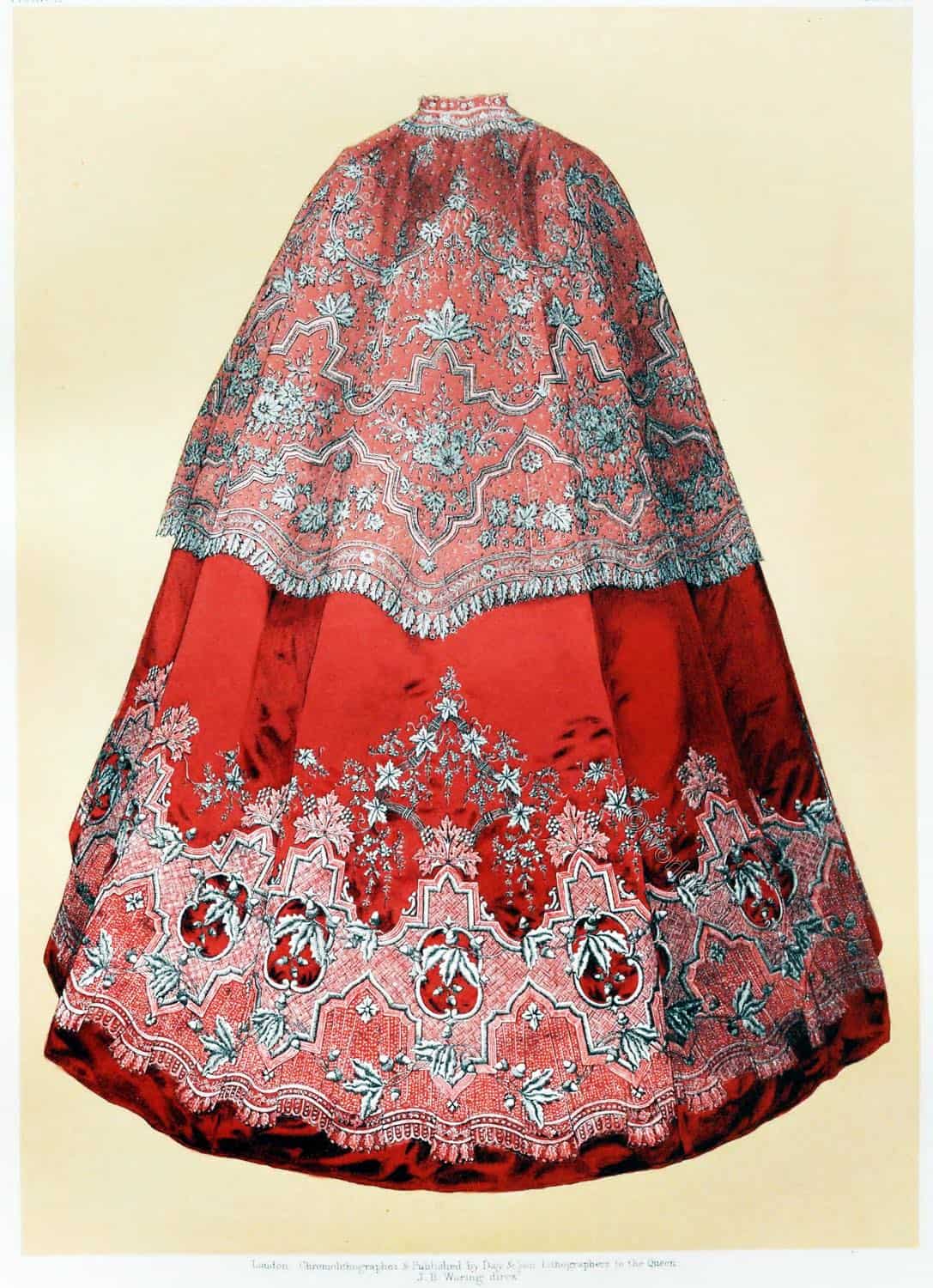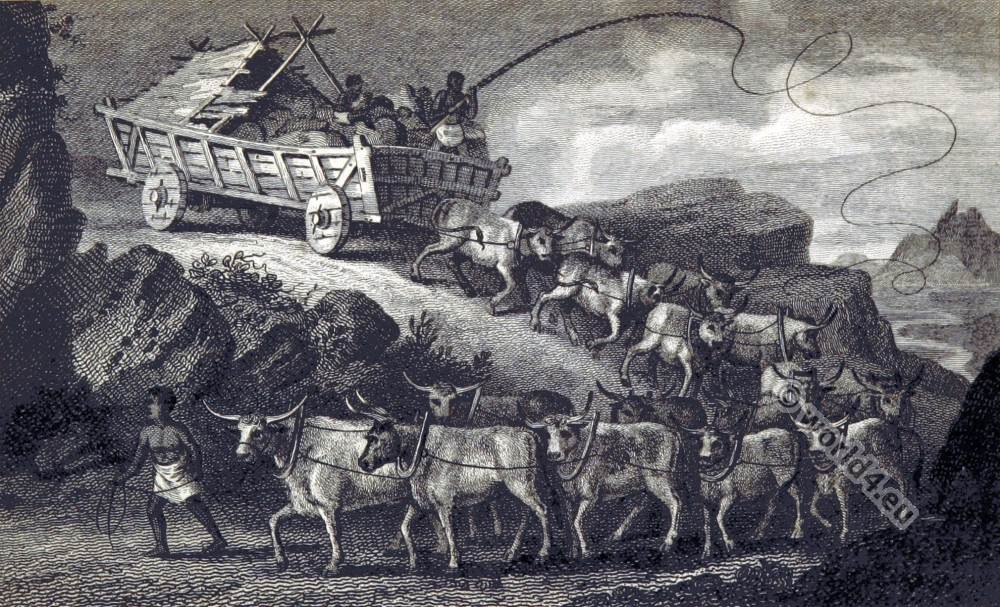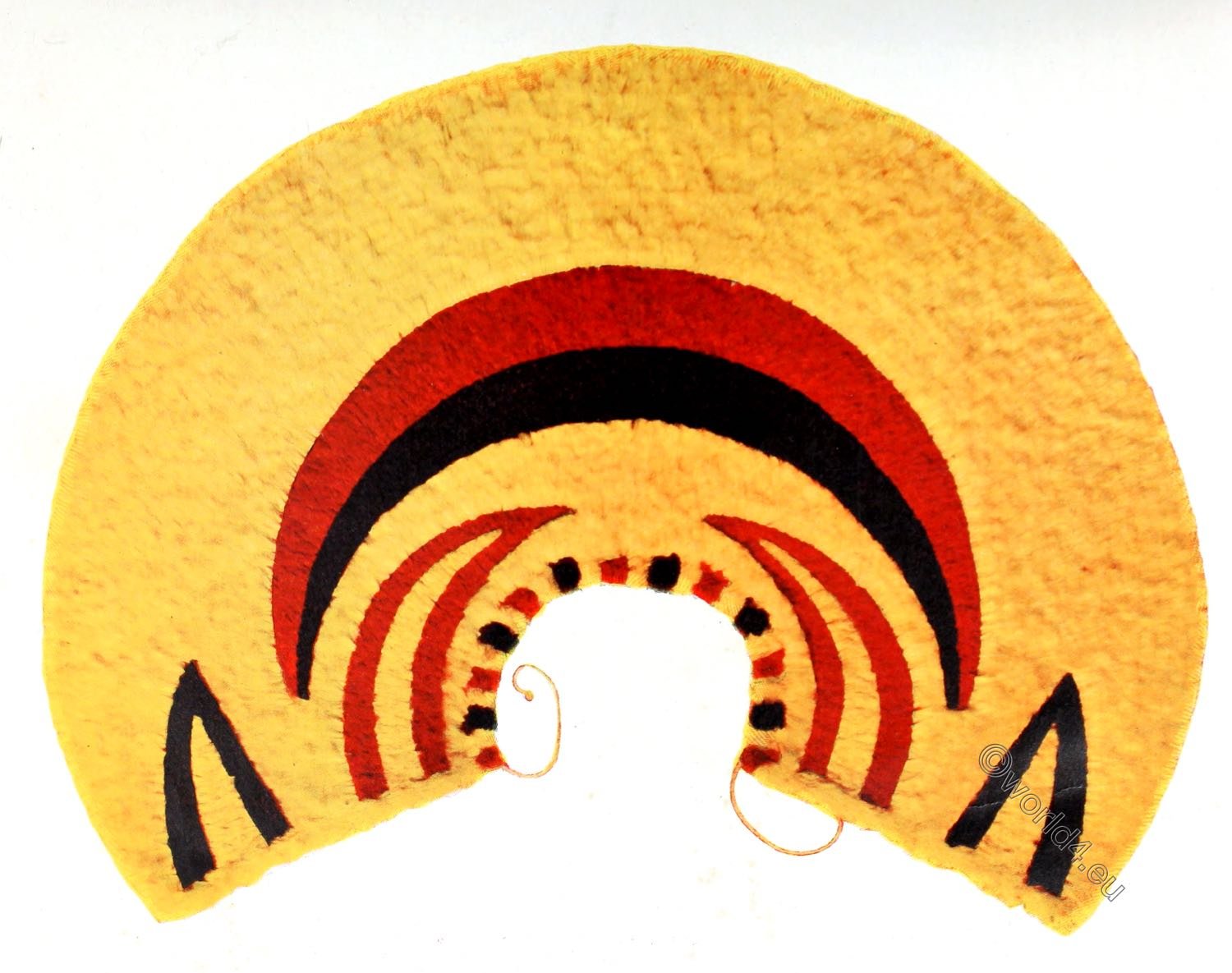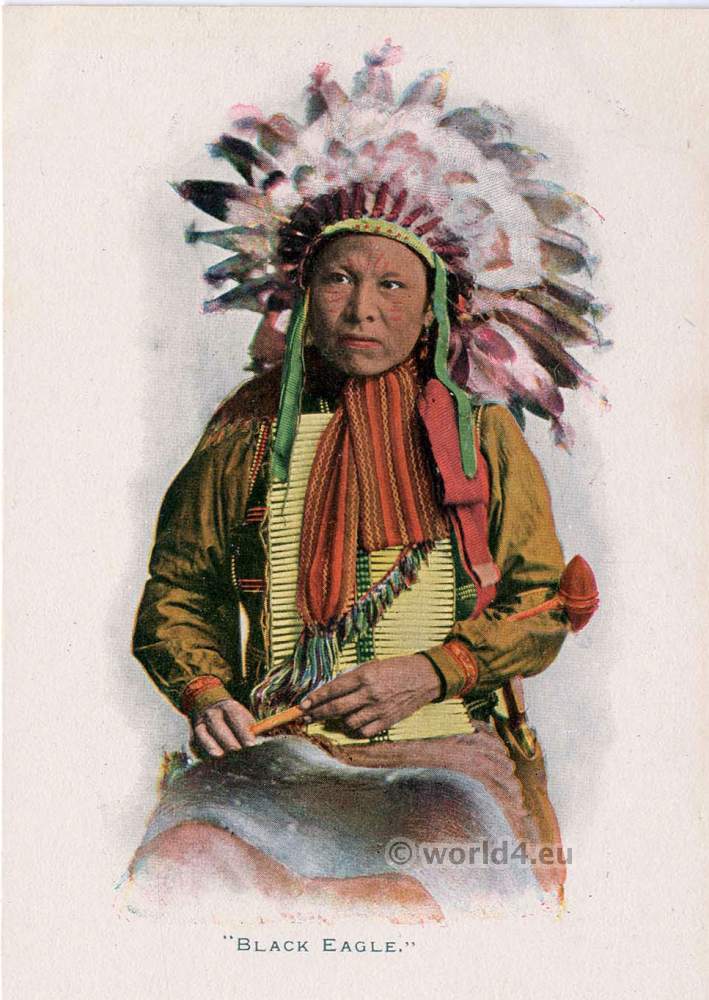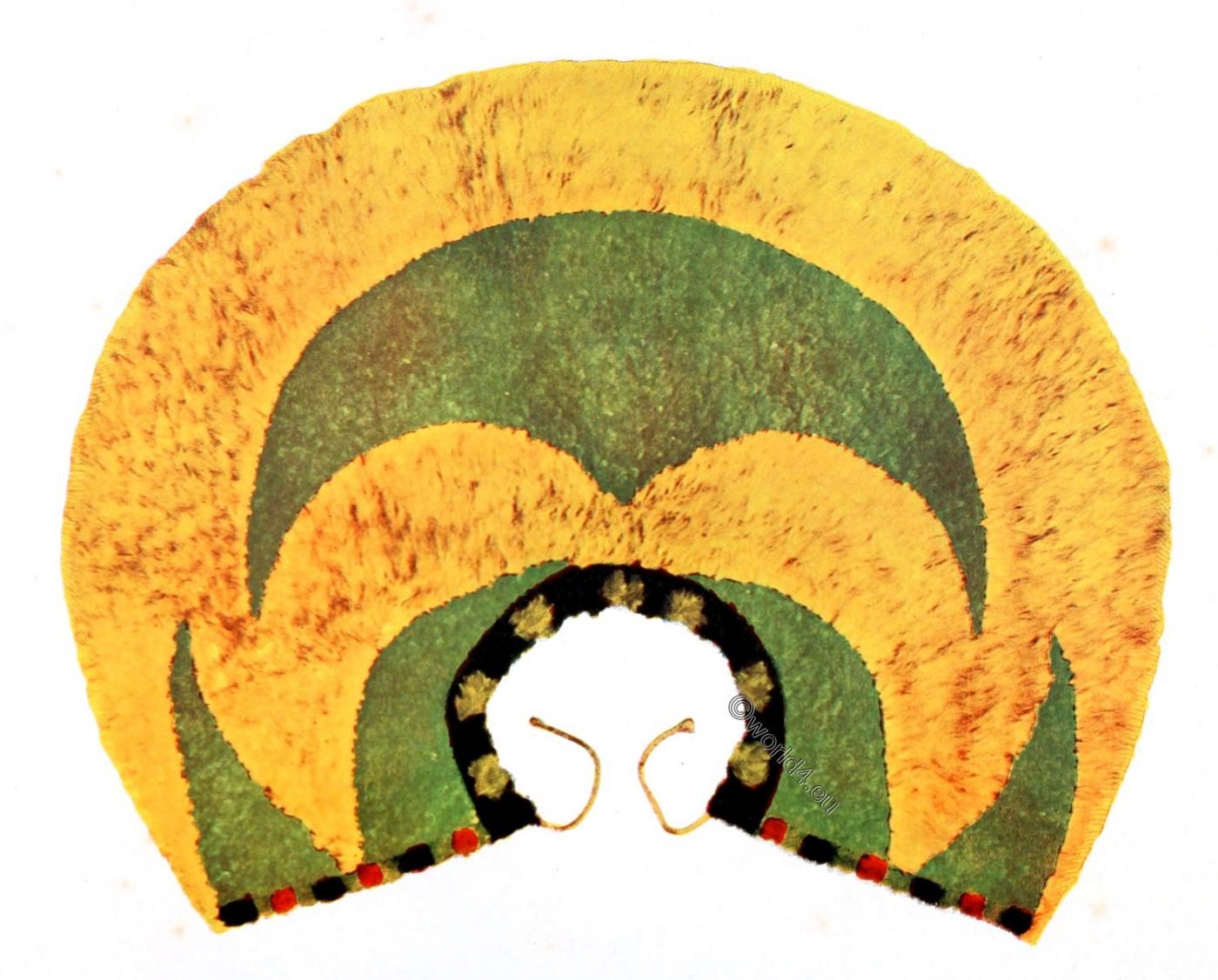
The Ahuula, a Hawaiian feather cloak.
The Steen Bille Cape. Copenhagen.
The Ahuula
The beautiful yellow and green feather cape mentioned in the Report of a Journey Around the World in 1896 as very interesting but on that visit inaccessible for close examination or measurement, was on a second visit in 1912, put most obligingly in our hands for examination as mentioned in the report of that visit and it has seemed best to reproduce the illustration which was from a photograph kindly sent by Dr. Sophus Muller the distinguished antiquarian and ethnologist, Director of the Nationalmuseet in Copenhagen.
We were used to the fading of these feather Ahuula in the bright light of the tropics, but were surprised to see that even here the fading was evident since the previous visit.
Measurements
The measurements are as follow: extreme breadth 36 inches; depth of back 18 inches, of front 12 inches. Red and black spots on the front edges and neck; the crescents and semicrescents are of dark green (Hemignathus procerus, Cab.?) or on (Psittirostra psittacea, species of Hawaiian honeycreeper). The bird from which the feathers came is uncertain as the olive green has faded and without the bird for comparison the exact color is doubtful.
Color
In the color plate made from the photograph sent, with the original color restored as nearly as possible, this beautiful cape may be seen.
The ʻahuʻula is a feather coat reserved for the elite of the Hawaiian archipelago. It was traditionally worn with the mahiole, a feathered cap.
Material
The Ahuula (ʻahuʻula), Hawaiian feather cloaks and the mahiole, Hawaiian feather helmets, are symbols reserved for the men of the aliʻi, that is to say the ruling class of the Hawaiian archipelago. They are made from a woven net and the feathers of two birds endemic to the islands; the red iiwi or scarlet honeycreeper and the Hawaiian ‘O’o (Moho nobilis, now extinct).
Source: Hawaiian Feather Work. Memoirs of the Bernice Pauahi Bishop Museum. Honolulu, H. I: Bishop Museum Press 1918.
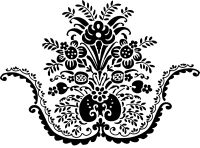
Related
Discover more from World4 Costume Culture History
Subscribe to get the latest posts sent to your email.


